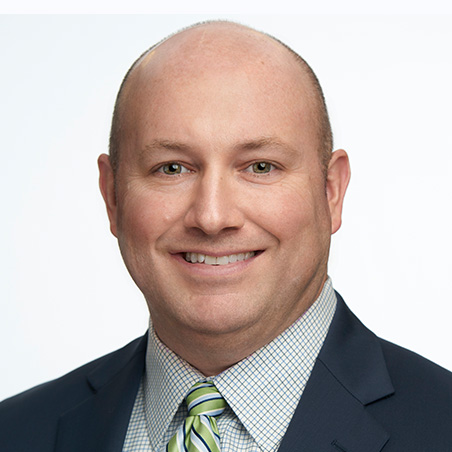Nonprofit investment committees have a weighty responsibility, but often lack the structure to maximize their effectiveness.
Here are seven habits or best practices for investment committees to follow and help fulfill their stewardship responsibilities:
1. Have clearly defined and documented responsibilities
Committees should have a charter and/or investment policy statement that clearly defines responsibility for investment decisions and those delegated to the Committee. An investment policy statement is critical to provide broad outlines of oversight, at a minimum. The Board should approve the committee charter and investment policy statement. The investment policy statement should be reviewed annually and updated as necessary.
2. Use outside expertise
Investment Committees should include members with diverse backgrounds and experiences that bring a range of perspectives to the group. Specifically, Committee membership should include those with financial and/or investment backgrounds; if possible. Many Committees are comprised of volunteers who lack sufficient time and expertise to oversee investment decisions so, members with a background in investments can be beneficial. In instances where the committee lacks sufficient time and expertise, consider a discretionary/Outsourced Chief Investment Officer (OCIO) arrangement with your consultant. Most investment decisions would then be delegated to the consultant, freeing up Committee time for more strategic thinking and discussion.
3. Meet regularly, come prepared and follow agenda
Ideally, Committees should meet quarterly and even more frequently when significant portfolio decisions or restructuring occurs. Agendas should be established in advance and distributed to Committee members, along with the meeting materials, allowing sufficient time (generally one week in advance) for members to review. Committee members have the responsibility to review materials before the meeting and come prepared with any questions or thoughts.
4. Committee leadership is crucial
An effective committee chair keeps the discussion on topic, according to agenda, and encourages feedback from all. The chair should share their own opinions in a manner where members are free to disagree and/or present opposing views and opinions in a respectful and courteous manner. If the Committee chair appears to have outsized influence on Committee decision-making, to avoid “group think” the chair (or other influential committee members) should consider withholding their opinions until the end of the discussion topic and solicit feedback from others first.
5. Focus on process, oversight and what you can control
Many studies conclude that asset allocation drives most of the variability in portfolio returns, with investment manager selection having far less impact. Unfortunately, many Investment Committees have the relationship backward, spending far more time on investment manager oversight and selection than on asset allocation discussion and review. While investment manager oversight is important, dedicating 50 percent of a Committee meeting to an investment manager decision impacting three percent of portfolio assets is probably not the most efficient use of the Committee’s resources. Market timing is ill-advised and likely to cause more harm than benefit – as the most obvious scenarios oftentimes do not play out. Committees should avoid speculative discussions on short-term market movements and potential reactionary portfolio actions.
6. Committee turnover is healthy
Explore term limits for Committee members to foster fresh perspectives on strategy and approach. Committees that don’t change composition are prone to stale thinking and justification of current approach by rationalizing that “this is the way we’ve always done it”, regardless of how conditions may have changed. Committee size should be limited to eight to 10 members; if possible. Very large committees can be less efficient and effective reaching a decision. Larger Committees can result in insufficient time for members to voice their concerns – making reaching a decision even more difficult. As always, Committee members must disclose all conflicts of interest and make decisions solely in the best interests of the nonprofit.
7. Challenge and ask questions
No questions should be considered too basic. All committee members need to understand the issues being discussed and ask questions to clarify what they don’t. Simply trusting the opinions of other Committee members and faith that they “know what’s best” is not good stewardship. If something seems wrong or amiss with the process or approach – speak up and voice your opinion or ask for more information!
For additional information, check out our book, Nonprofit Assets Management.
Please feel free to contact any of the professionals at Fiducient Advisors with questions.
The information contained herein is confidential and the dissemination or distribution to any other person without the prior approval of Fiducient Advisors is strictly prohibited. Information has been obtained from sources believed to be reliable, though not independently verified. Any forecasts are hypothetical and represent future expectations and not actual return volatilities and correlations will differ from forecasts. This report does not represent a specific investment recommendation. The opinions and analysis expressed herein are based on Fiducient Advisor research and professional experience and are expressed as of the date of this report. Please consult with your advisor, attorney and accountant, as appropriate, regarding specific advice. Past performance does not indicate future performance and there is risk of loss.



